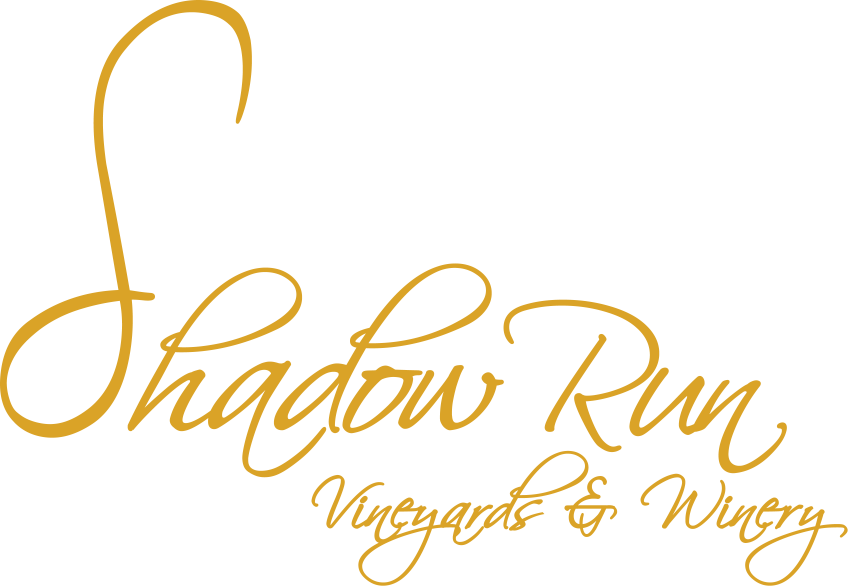A couple of months ago, we were pouring Shadow Run wines for a young, fun, very bright group of tasters and one of the men asked, “why rosé? I mean, I just don’t get it…”
There are no pink grapes in vineland… Vines yield grapes that have either green/pale amber skins, which we use to produce white wines, or purple skins which of course are used to produce red wines. So in a world awash with delicious, sometimes quite wonderful white and red wines, why do we bother to create a pink wine? Great question!
The answer relates to the fruit flavors available in white and red wines. In certain white wines we taste tropical flavors of pineapple, lychee nut, mango, or perhaps citrus flavors like Meyer lemon or grapefruit. Some white wines are characterized by stone fruit flavors of peach or apricot and aromas of white flowers such as honeysuckle, or even grassy notes. The flavors in red wines might reveal blackberry, blueberry, cherry or plums. But there is no cross over of flavors between red and white wines: you will never taste plums in a Sauvignon Blanc or pineapple in Syrah.
The beauty of a well crafted white wine is that the tropical, citrus or stone fruit flavors sing through because of the delicacy of the wine. Aging in the right barrel can add richness and flavors of vanilla or coconut. Flavors of boysenberry, blackberry or cherry in a red wine may be more or less apparent based on the heat of the fermentation process or the barrel choices of the winemaker. Depending on the source and toasting of the oak, the fruit flavors in red wine are married or masked with oak tannins, oak sugars and toasty flavors from the barrel including mocha, dark chocolate, spices or even cigar box. Fruit is one component, and not always the headliner in the varied and complex flavors of a rich red wine.
A rosé is as unique as it is pretty. Purple skin grapes are harvested and the juice is immediately pressed off of the skins, resulting in a light purple/pale pink juice. The juice then undergoes a relatively cold fermentation to retain the fresh fruit flavors. And like a white wine, the fruit in a rosé dances through, is in fact the star of the show. But the flavors available in a rosé are completely different from a white wine! In a rosé, depending on the red grape varietal used (Grenache, Syrah, Petite Sirah) you might taste fresh strawberry, ripe raspberry, cold juicy watermelon or a combination of red fruits.
Why rosé? The simple answer is found in the delicious, nuanced flavors and aromas. A perfect rosé offers the fruit forward qualities that we love in white wines, yet the flavor profile of a rosé presents a completely different set of fruits. Instead of peaches, apricots, lemon, pineapple, in a rosé we taste the red fruits including strawberry, raspberry, red currant. Jolie indeed!
Cheers!
Susan


